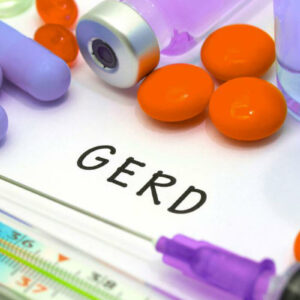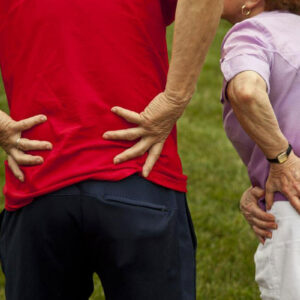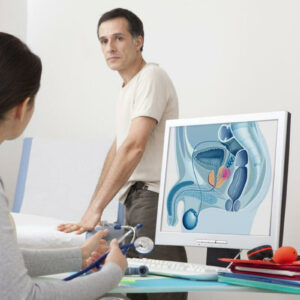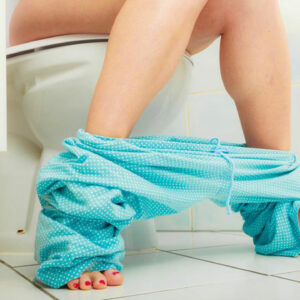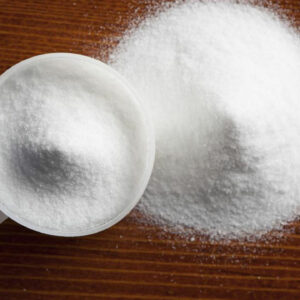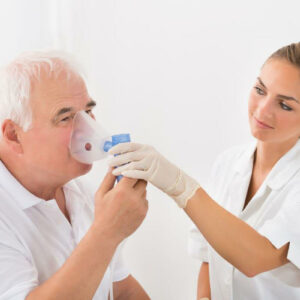
01
Everything You Need to Know about the Stages of COPD Disease
Chronic obstructive pulmonary disease (COPD) is a serious condition which makes breathing difficult. The lungs no longer function to their full capacity and this leads to COPD diseases such as chronic bronchitis and emphysema. There are 4 progressive stages of the COPD disease that worsen with time if not treated immediately. Here’s what you need to know. COPD is actually a lung disease that is life-threatening. This disease causes uncontrolled coughing and excessive production of mucus, shortened breaths, wheezing, tightening of the chest, and many other symptoms that cause difficulty in breathing. These symptoms of COPD worsen over time. The airways and air sacs of the lungs get damaged and inflamed as the alveoli of the lungs begin swelling resulting in excessive production of mucus. Generally COPD leads to the slow malfunctioning of the lung, and this condition could worsen if any of the symptoms are triggered. COPD is not contagious, and is often diagnosed among people from the age group of middle aged people to older adults COPD can be categorized into the following types: emphysema and chronic bronchitis. Patients suffering from emphysema have difficulty in exhalation since the linings inside the air sacs of the lungs are damaged quite often due to smoking, excessive exposure to pollution or any other allergens. Depending on the severity of the illness the following are various progressive stages of COPD disease: Stage 1 – Mild COPD Patients having slight limitations in the airflow of the lungs enter the first stages of COPD disease. This stage is characterized by chronic cough along with an increase in the production of mucus. Often people who are in these stages of COPD disease are not even aware of it till their condition begins to deteriorate. In order to monitor the lungs, physicians conduct various nominal lung tests in this stage.
Read More 
